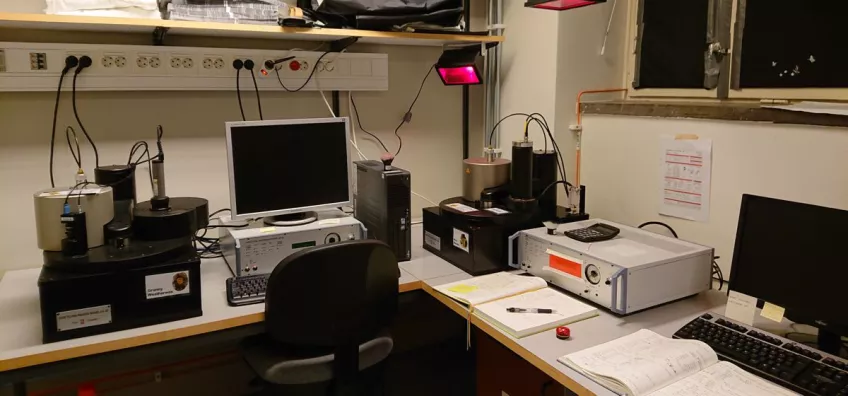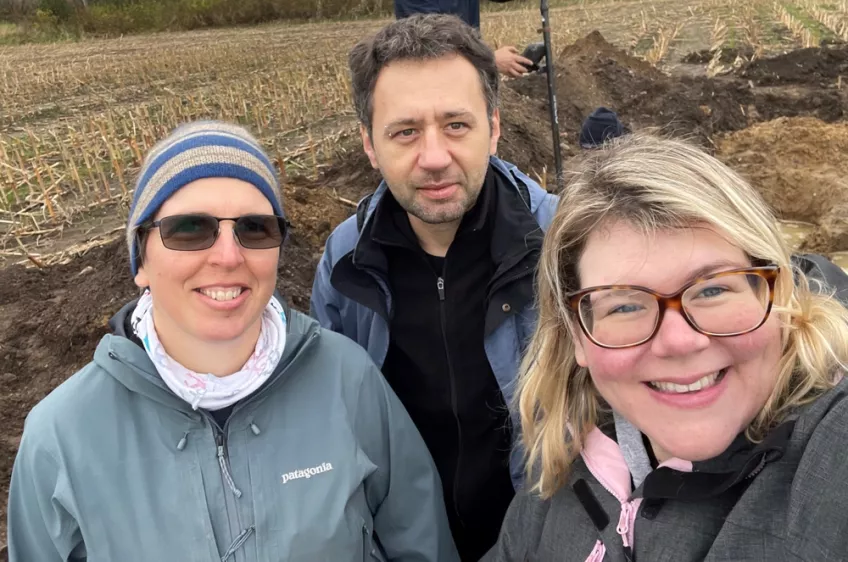Lund Luminescence Laboratory
Luminescence dating is a geochronological technique that spans the Late Quaternary. It is particularly useful for minerogenic sediments, for example as optically stimulated luminescence (OSL) dating of quartz and infrared stimulated luminescence (IRSL) dating of feldspar. Thermoluminescence (TL) dating can also be used to determine the age of pottery.
The Lund Luminescence Laboratory was established in 2011, as the first of its kind in Sweden. It now houses two Risø TL/OSL-readers model DA-20, with options to do OSL, pulsed OSL, IRSL and TL, as well as a SUERC portable reader. In the adjoining rooms mechanical and chemical preparation of samples can be carried out under darkroom conditions.
Head of laboratory: Helena Alexanderson
Map marking study sites of the Lund Luminescence Laboratory. Click the pins on the map for links to the specific studies.
Staff
Laboratory staff
Helena Alexanderson
Head of laboratory, professor
Contact for general questions and geological dating
Amber Hood
Researcher, PhD
Contact for archaeological dating
Zoran Perić
Research engineer, PhD
Alastair Goodship
Guest researcher, PhD student
Dileepa Ekanayake
MSc student
Active associates/alumni
Ingrid Bejarano Arias
Dr Edyta Kalinska
Dr Martin Lund
Cathal Ryan
Roos van Wees



